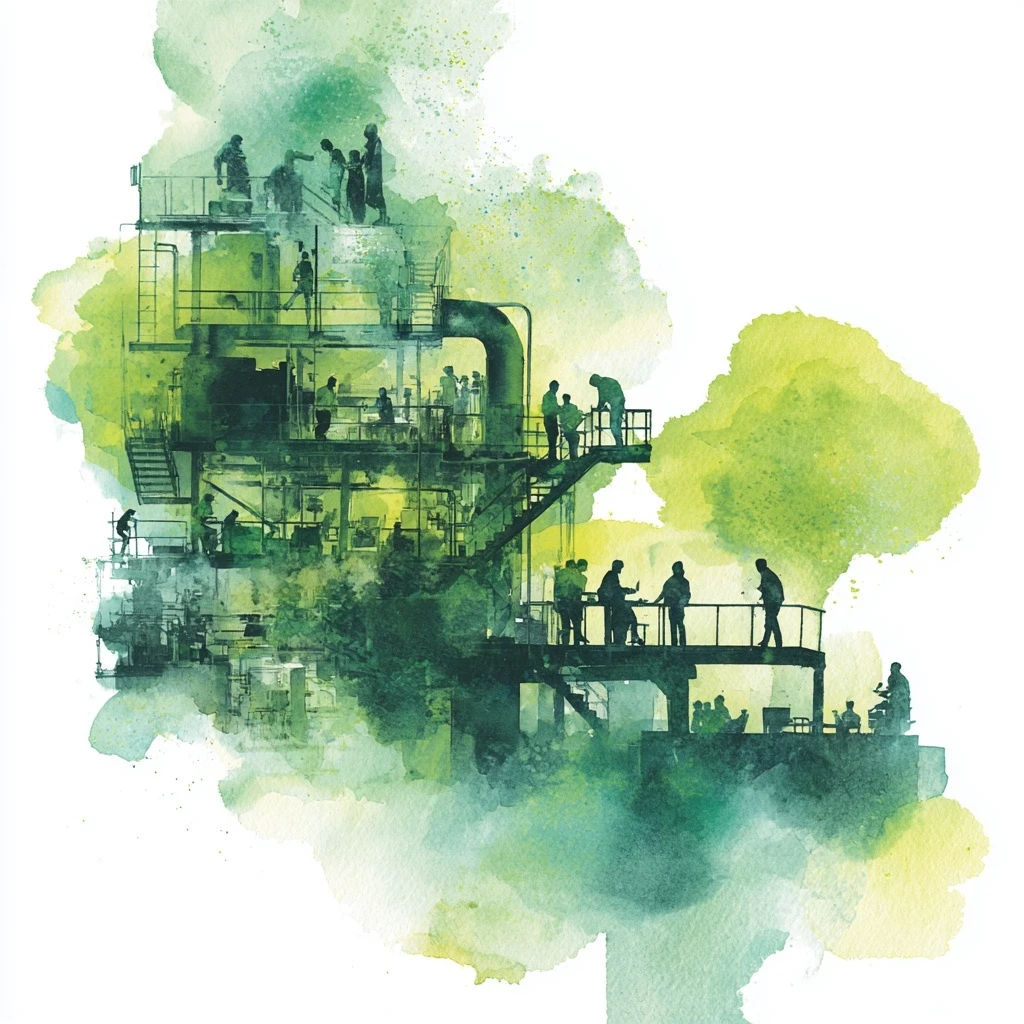Data drives investment decisions across India's leading supermarket chain
Add bookmarkIf you are running 500 supermarkets around India and making important decisions like which ones to close down and which to invest more in, you need fast, reliable, real-time data. At least that is what Atul Daga, CFO of Aditya Birla Retail, expects of his financial services. He chats with Barbara Hodge about navigating the Indian market – and Bombays rush hour traffic.
Atul, can you start by introducing Aditya Birla Retail to us?
Of course, I’d be glad to do so. We operate in what we call the organised retail business in India, which is like Tesco or Sainsbury’s in the UK – the food and grocery hypermarket and supermarkets. We operate 100% only in India, but our chain is spread across the length and breadth of the country. Today, we have about 500 supermarkets and 14 or 15 hypermarkets.
As a background: Aditya Birla Group comprises of various corporates covering aluminium; cement; telecom; Textiles, fibre, retail etc. It’s a conglomerate of companies and Aditya Birla Retail is one of them.
What is the services delivery model you have chosen for your Finance operations, to cover these 500 supermarkets?
We have Oracle Financial running as the overall finance application, which is linked to the store applications, called Retek and LS Retail. These local applications run the store modules, and treat all of our stores as corporate centres, or cost centres, so each store has its own P&L and balance sheet that it is responsible for.
As CFO, one of my responsibilities is to manage the accounting function so that revenue recognition for each of the stores is managed properly, as well as expense accounting, inventory management, etc. I need, at any given point in time, to be able to calculate returns on investments or ROCE (Return on Capital Employed) for each store. We manage each store as a profit centre, so we need to monitor it and evaluate its performance independently.
This is important because we routinely open and shut down stores – not every new store that is opened will meet its targets – so we have to make sure it is efficient or take the decision to shut it down, if required. If the store is doing well, on the other hand, we’ll invest more. That is why I need the financial performance of each store absolutely independently – and I need to be able to rely on this data – because the management uses this data for decisions on each store.
Your comments resonate with a lot of functional leaders. You need to rely on the data and you need the data real-time. Have you defined new expectations from the finance and accounting group?
Yes, and it’s an on-going process, a transformation of sorts. I run a five-year-old company, with close to $400 million in revenues. When we started off, there were about 15 or 20 people in F&A. Today, I have a team of 150 people for those functions. I need to know that I will get the MIS on each store’s performance – and when I talk about the MIS, it is not just a P&L statement; there are various financial parameters reported alongside. Today, I need those reports on the 6th of the month for the previous month; in the past they were generated on the 20th. As the team made improvements, this time delay has lessened – no small feat, as the report consists of 40 sheets of information.
Which service delivery model have you chosen for your F&A services?
It’s a centralised function, a shared services model. The entire accounting function is managed out of Bombay, where I am, with about 18 people.
Do you still have accounting staff embedded within the operations?
Yes, and there is some overlap. Primarily, they are responsible for financial accounting but they always have to also provide operational and financial data and parameters, whatever is captured in Oracle, to the operations team as well.
What drives your choice of shared services model? Is it cost, flexibility, or standardisation?
Efficiency is our number one driver. Obviously efficiency gives me the cost advantage. I mentioned 500 stores – these 500 stores are spread across 12 states in the country. I can’t have each state running its own definitions and confusing accounting matters … decision-making would become too difficult. I have to submit my reports to the head office in a timely manner; so, if one state is not finished then the report is incomplete. I can’t be dependent on individual, state-level accounting–, that is why it’s important that I have a centralised team managing the accounting function. It helps me during our statutory audits, as there is one single person who deals with the statutory auditors. The auditors can physically visit the stores if they want, but all the reports and information and the samples they might select –all that is controlled and managed from Bombay.
For many Western countries, cost has traditionally been the main driver for shared services. Does this apply to India as well?
No, it does not really apply in the Indian context, because India is a cheap place for labour, so that cost is not essentially a driving force within India for Indian operations.
As a CFO, what’s the most important service/information that you require from your finance and accounting function right now to make the best decisions?
The first thing that I need is on time reporting. We’ve already achieved standardisation of definitions in accounting, so now on time reporting is the next thing. After that, the next priority would be defined reports –ie, providing management information reports to the aggregated committees that review operational performance and take executive decisions each month.
Atul, it’s been great chatting with you. I hear noise in the background – where are you?
I am driving home. Today it’s raining very badly in Bombay, and the traffic is a mess – that’s what you are hearing!





















